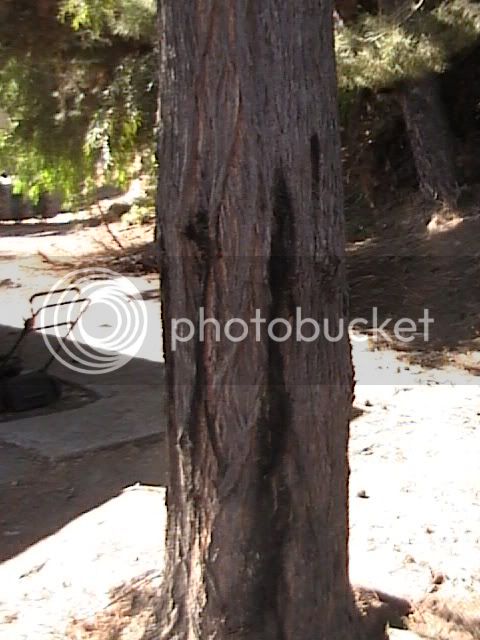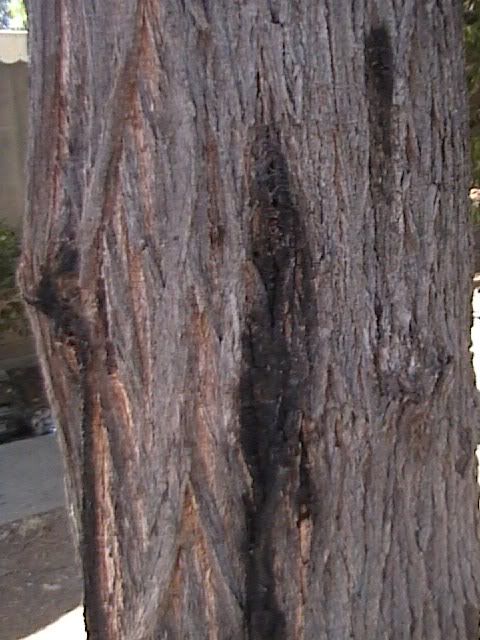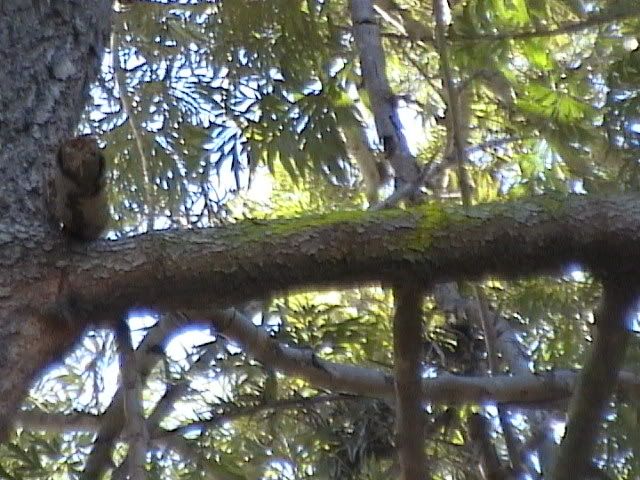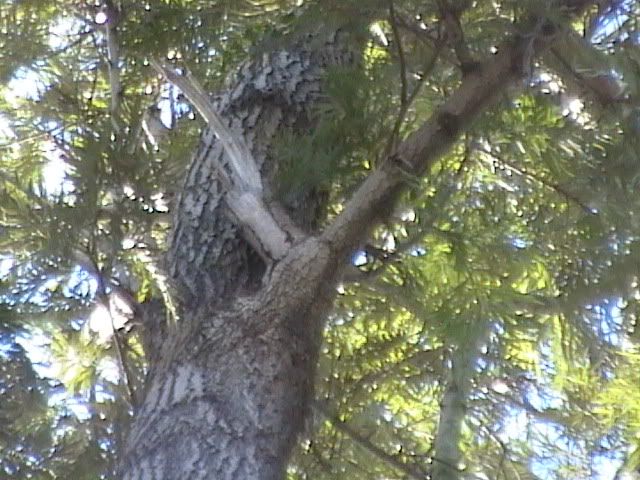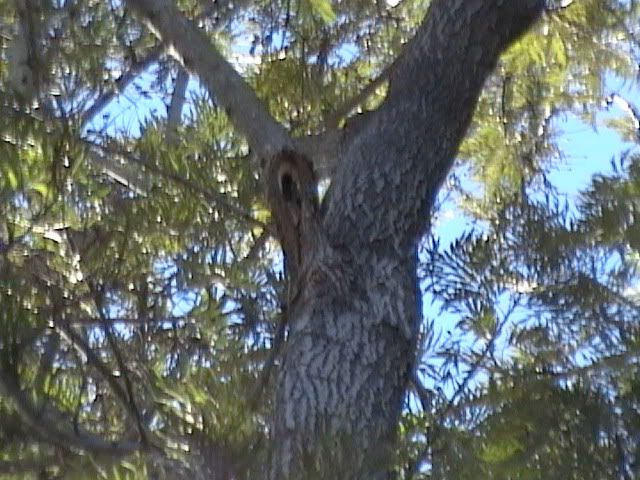ForTheArborist
Addicted to ArboristSite
People usually want some idea of the species of tree here. I'm not sure what this one is, but I'd like to have the resources to identify it. If you can point out one some resource, that would work for me.
You can see that the front side is flurishing, and in the photo of the back there are really no branches. The HO's buddy thinks that there might be a problem with the tree possibly being overweighted on one side, therefore it may eventually damage the house. Does anyone really think that is the case? I don't see the thing leaning at all, and the branches are all fairly short and light. Would you trim and reduce this tree for any reason besides for the extra money?
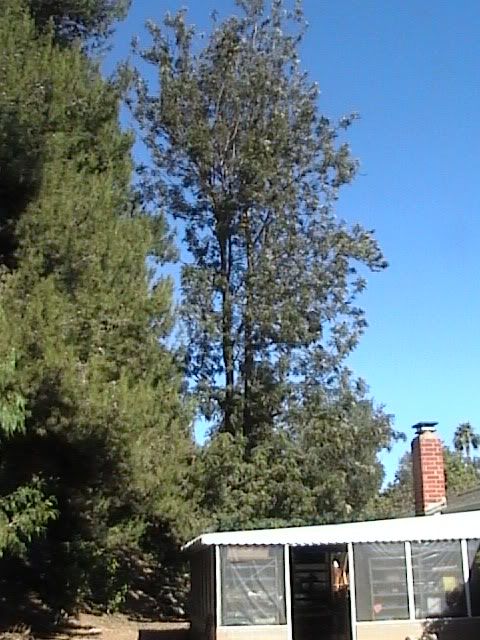
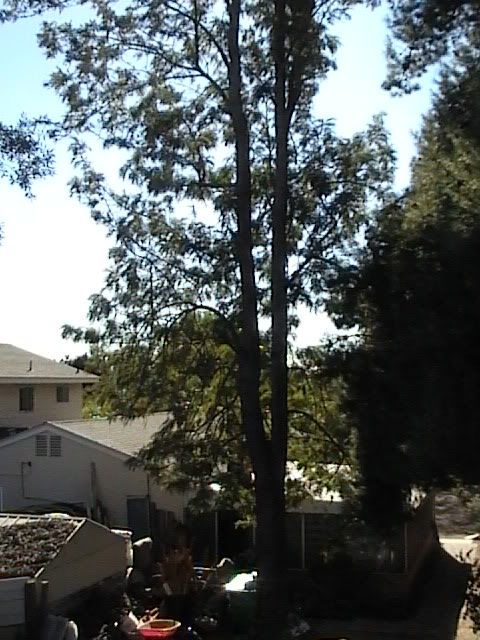
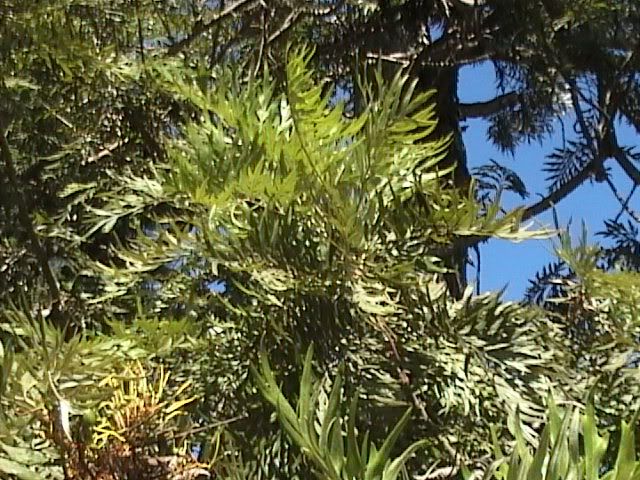
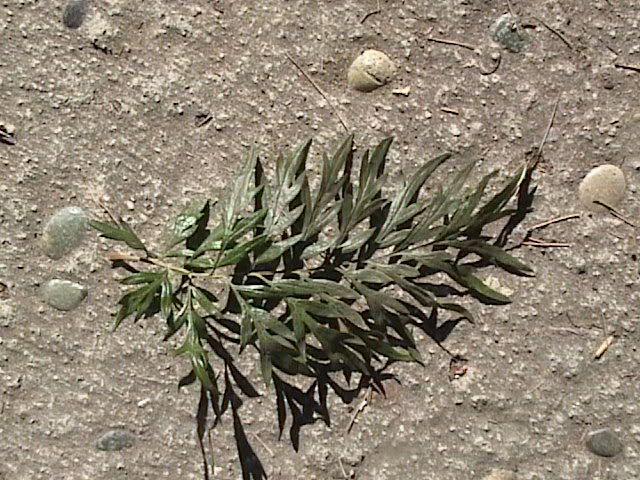
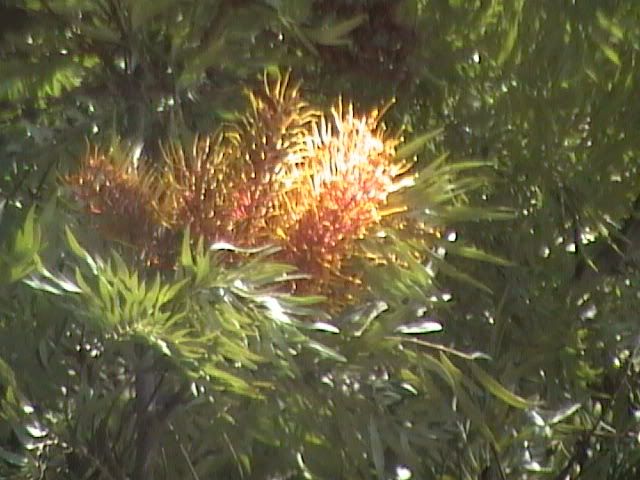
Below is a shot of the top quarters zoomed in some. It kind of looks like it could be lightened up some if there is any eminent danger with the tree's condition. Thinks so?
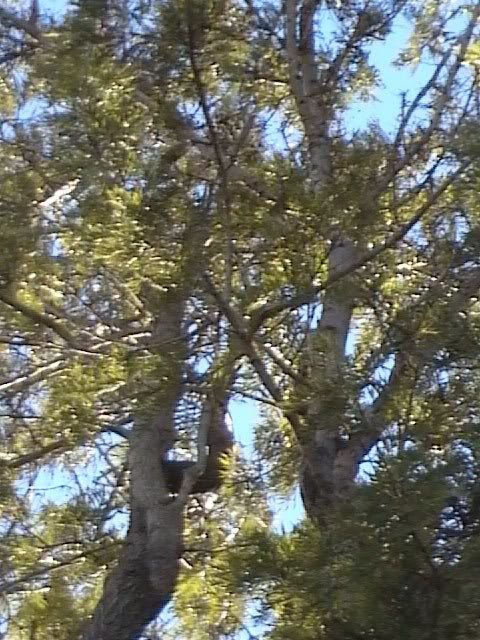
Below is a shot from at the foot of the tree:
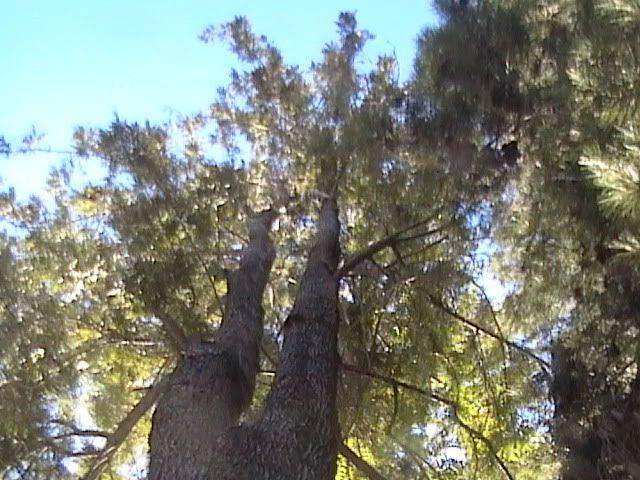
You can see that the front side is flurishing, and in the photo of the back there are really no branches. The HO's buddy thinks that there might be a problem with the tree possibly being overweighted on one side, therefore it may eventually damage the house. Does anyone really think that is the case? I don't see the thing leaning at all, and the branches are all fairly short and light. Would you trim and reduce this tree for any reason besides for the extra money?





Below is a shot of the top quarters zoomed in some. It kind of looks like it could be lightened up some if there is any eminent danger with the tree's condition. Thinks so?

Below is a shot from at the foot of the tree:






